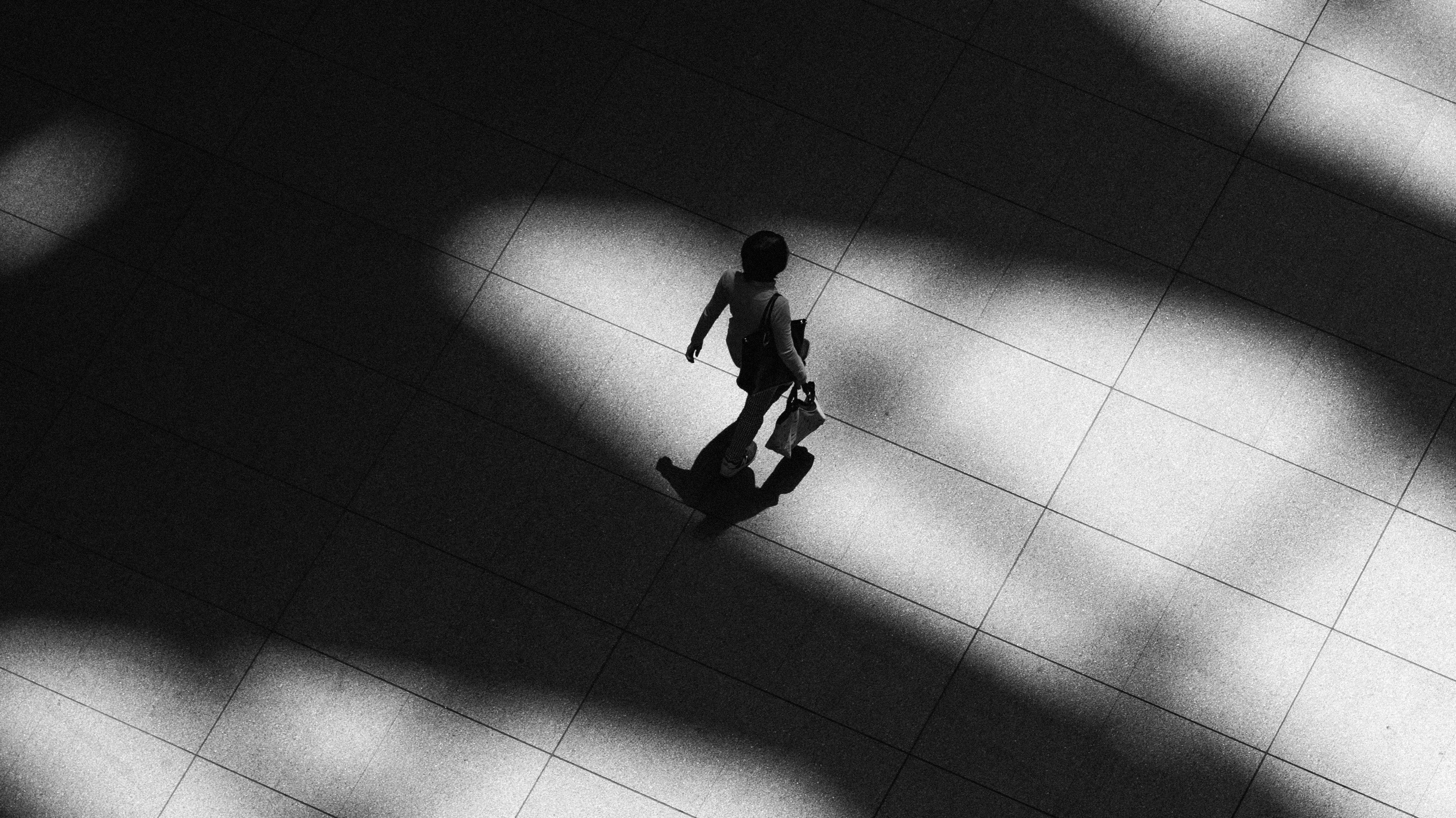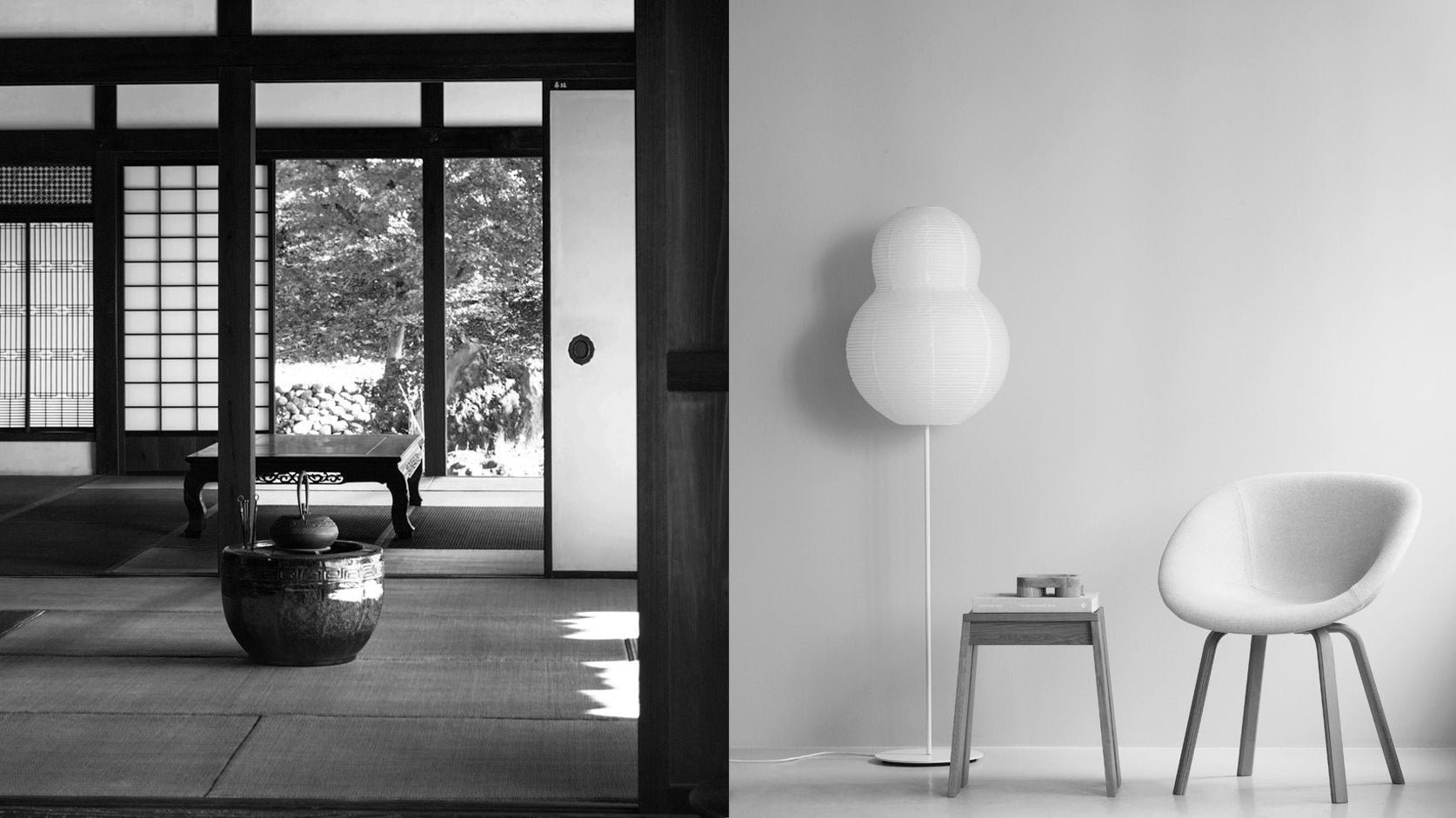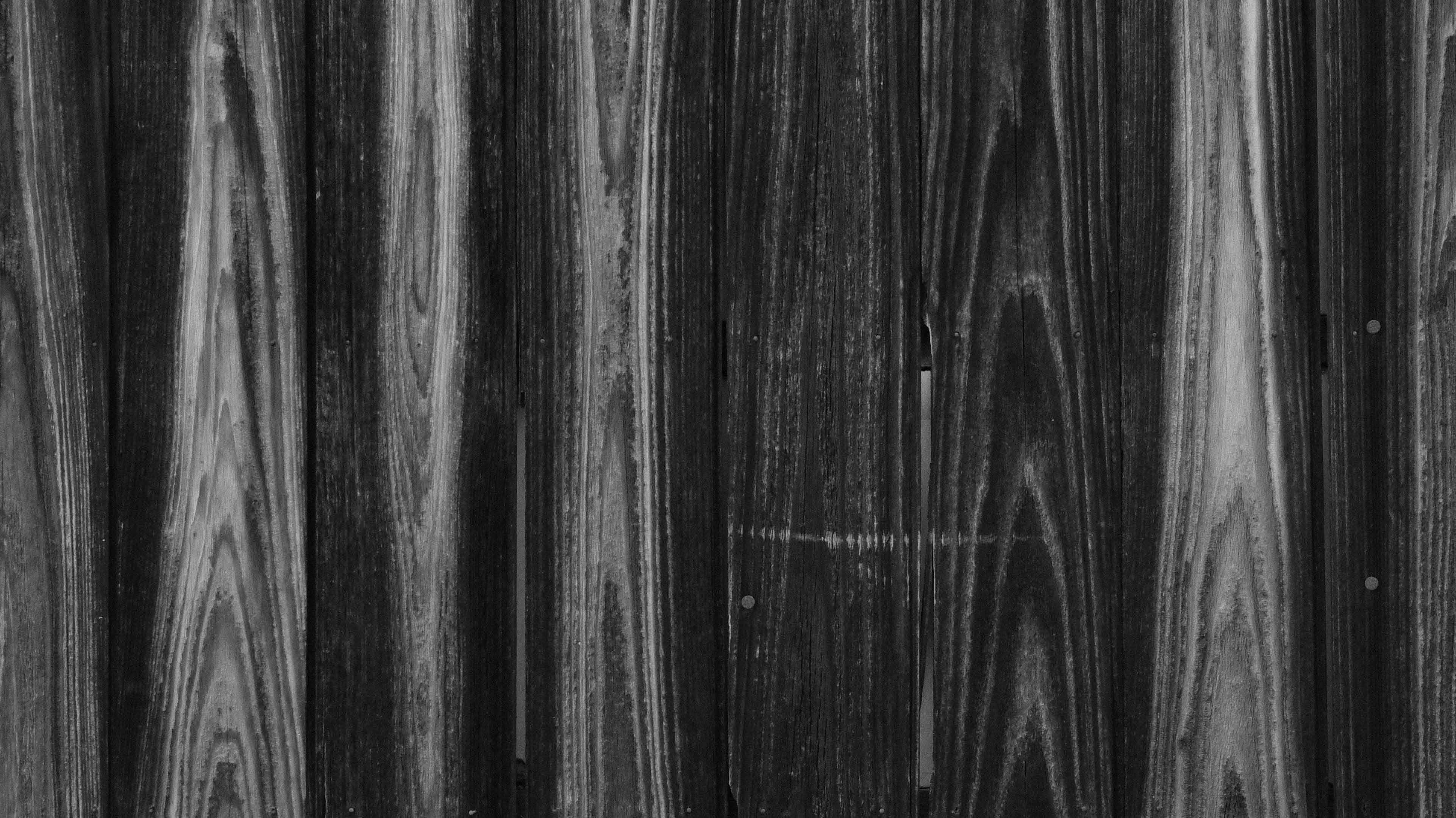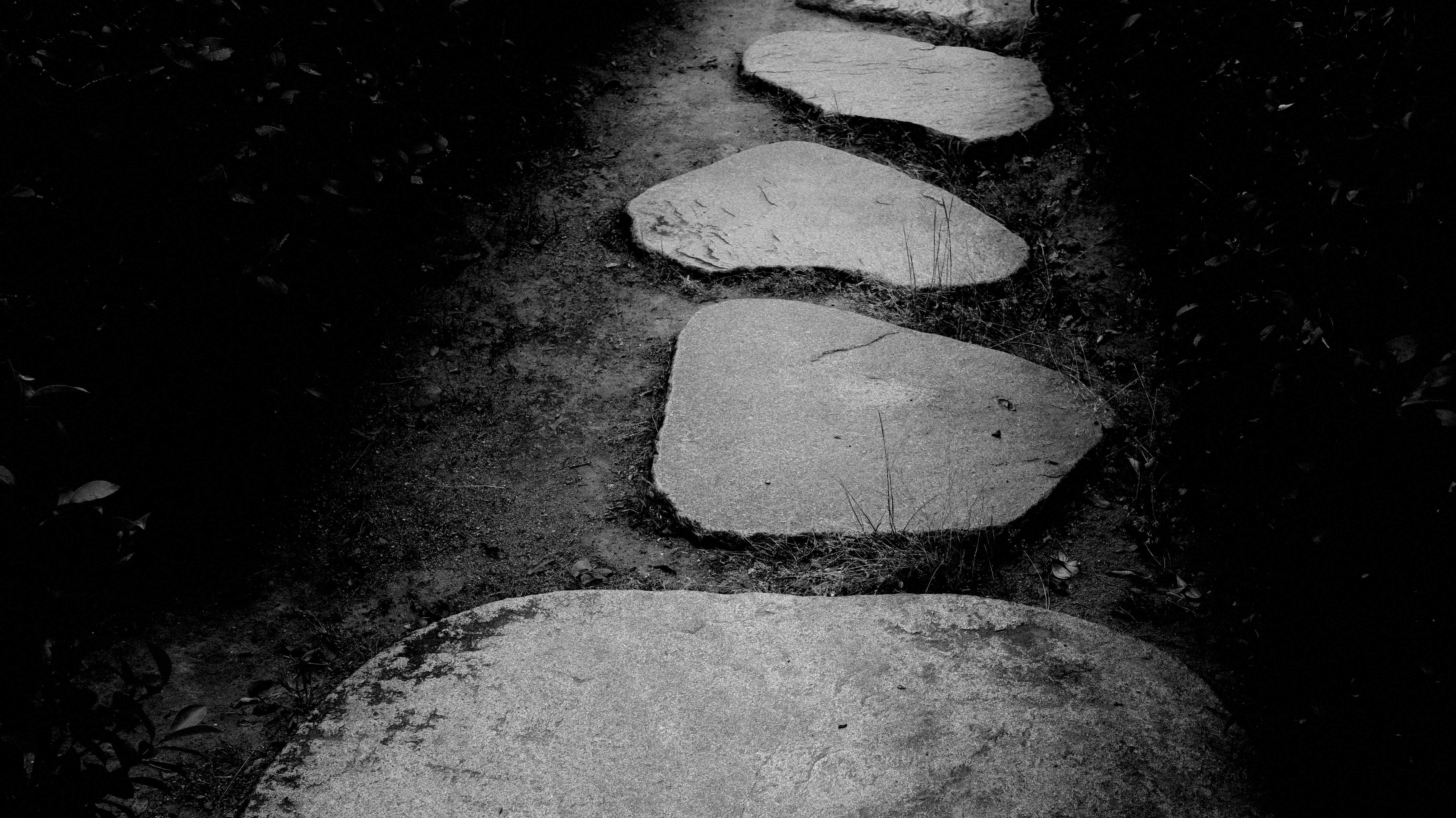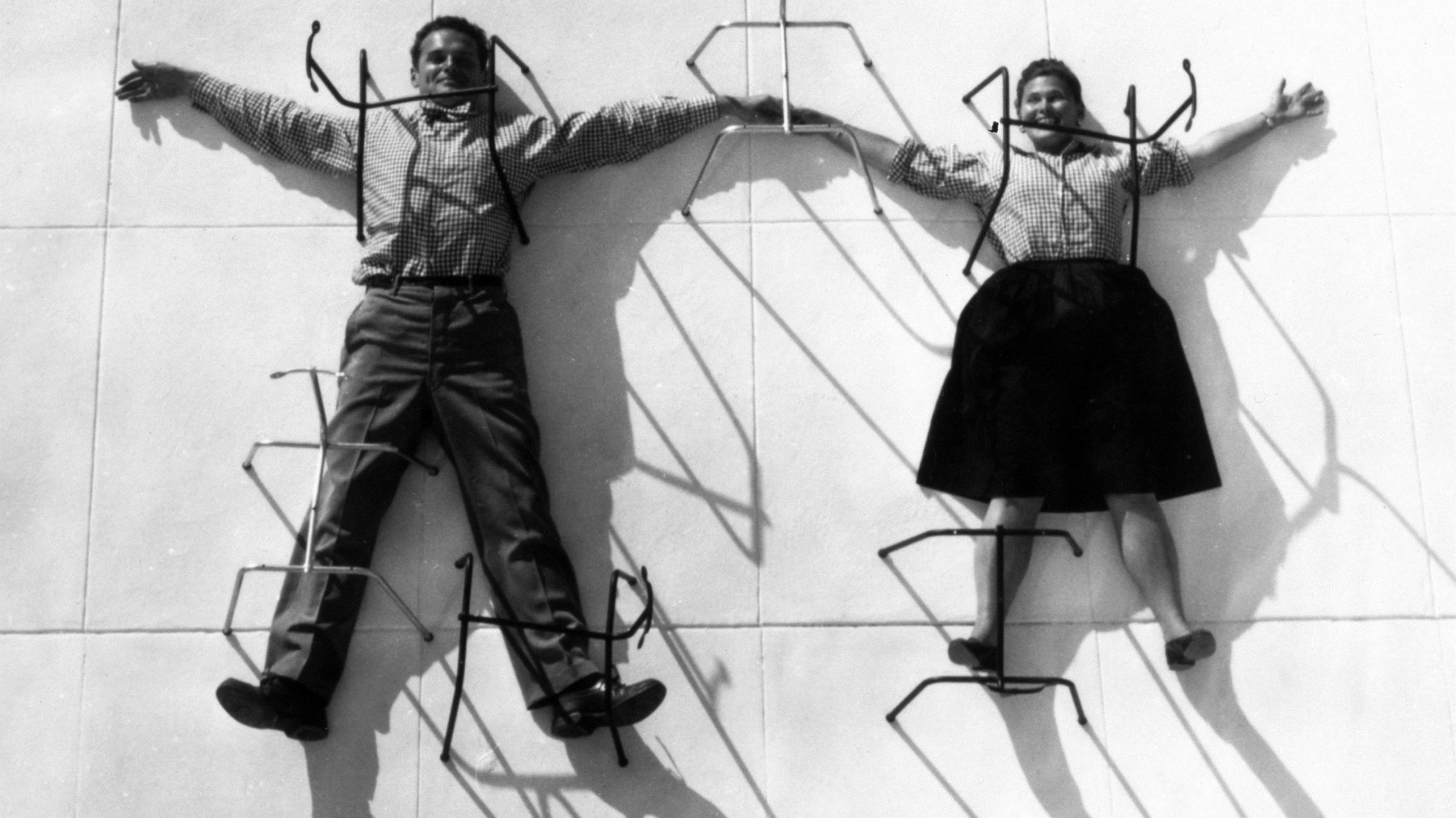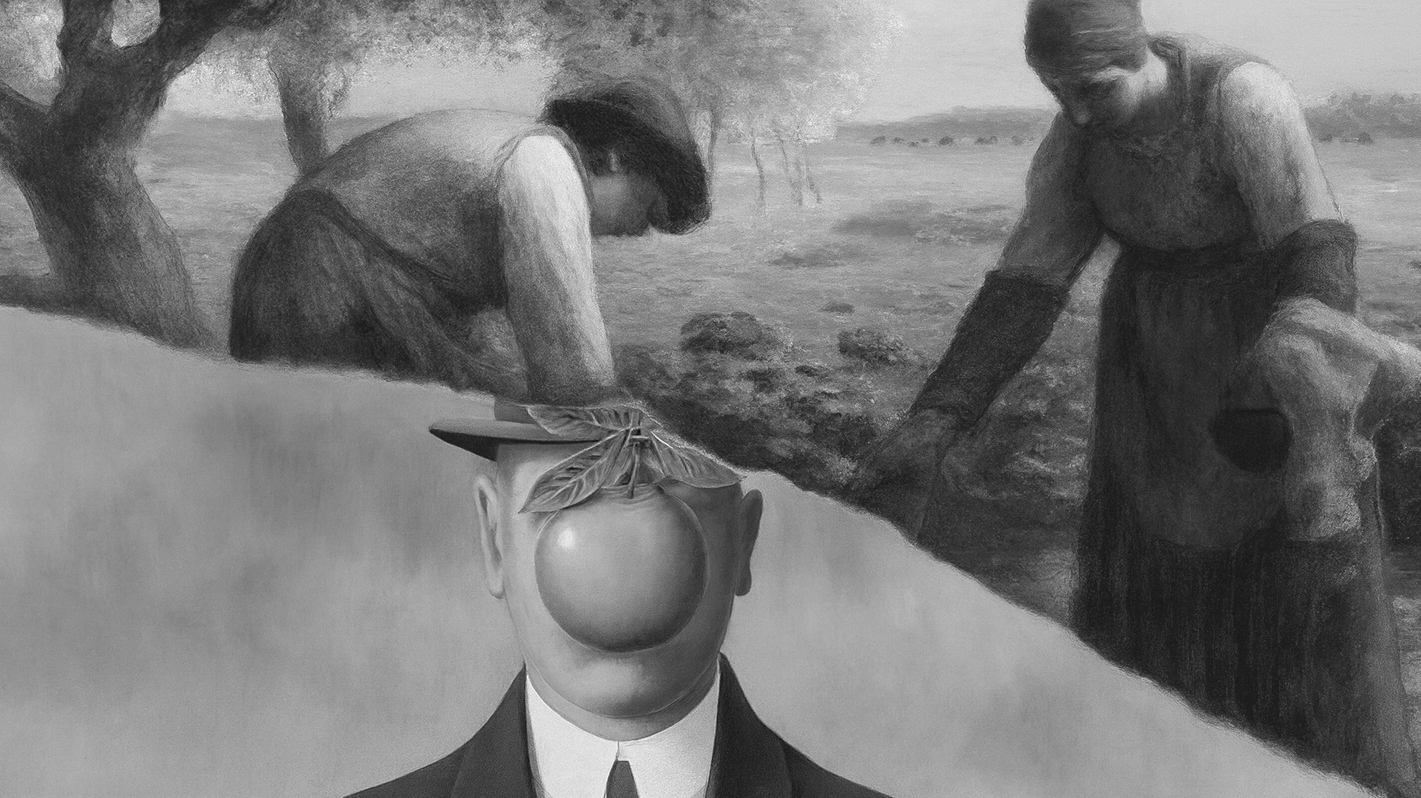Wabi Sabi and Minimalism both celebrate simplicity, space, and intentional living, but they are not the same. While they may appear similar on the surface, there is a subtle yet powerful difference between Wabi Sabi and Minimalism that many people can feel, even if they cannot quite explain it.
In this article, we explore what Wabi Sabi and Minimalism really mean, where each aesthetic comes from, and how they influence design, art, and the way we live. If you have ever wondered about the difference between Wabi Sabi and Minimalism, this guide will help you see both with fresh eyes.
The Origins of Minimalism: From Post-War Art to Everyday Design
Let’s begin with the origins of Minimalism. When you hear the word "minimalism," what comes to mind first? Is it clean interior design, or the minimalist art movement?
Minimalism, as we know it today, has roots in the West. It emerged after World War II, during a time when artists and designers began stripping things down to their most essential forms. It was a response to the chaos, excess, and fast-paced consumer culture that defined post-war society.
In art, figures like Donald Judd and Dan Flavin embraced geometric shapes, repetition, and restraint. They used basic forms, industrial materials, and eliminated all that was unnecessary. The focus wasn’t on the artist’s emotions but on the object itself. What you see is what you get.
In design, architects like Ludwig Mies van der Rohe popularized the phrase "less is more," encouraging people to remove the unnecessary and highlight only what is essential. The Bauhaus school in Germany, though earlier, had already laid the groundwork for minimalist design by championing functional beauty, clean lines, and the unity of art, craft, and technology.
Minimalism is about clarity. It is a pursuit of balance, order, and intention. Every object must justify its presence. Every line must serve a purpose.
These ideas spread into architecture, product design, and eventually into everyday life. From Le Corbusier’s modernist buildings to the iPhone in your pocket, the minimalist ideal has become a language of simplicity that continues to shape how we live today.
The Philosophy of Wabi Sabi: Finding Beauty in Imperfection and Time
Unlike Minimalism, which developed within the context of modern Western art and design, Wabi Sabi is rooted in centuries-old Japanese philosophy shaped by nature, impermanence, and Zen Buddhism.
Its origins trace back to ancient Japan, where Zen thought gradually shaped a new way of understanding beauty. In Zen philosophy, beauty is not found in perfection but in simplicity, stillness, and the quiet passing of time. Everything is seen as impermanent, incomplete, and imperfect—and that is precisely where its value lies.
Wabi Sabi is more than just an aesthetic. It is a worldview, a way of seeing. It invites us to notice what often goes overlooked: things that are irregular, weathered, or handmade. It finds meaning in small details, such as a crack in a teacup, the grain of old wood, or the silence between moments.
While Minimalism often seeks precision, uniformity, and control, Wabi Sabi embraces asymmetry, irregularity, and natural imperfection. It does not ask us to perfect our surroundings. It simply asks us to pay attention to the quiet beauty that is already there.
Minimalism vs Wabi Sabi in Interior Design: Two Aesthetics, Two Ways of Living
Now let’s look at how these two aesthetics appear in the world of design.
Minimalism favors clean lines, smooth surfaces, and open space. Imagine a room with white walls, a single chair, and no clutter. Every object has a purpose. Nothing is added without intention.
The color palette is typically monochromatic, built around whites, grays, and soft neutrals. These tones create a sense of purity and openness. The overall atmosphere feels calm, focused, and controlled.
Wabi Sabi, by contrast, embraces what is handmade, weathered, and natural. A space might include a clay bowl with an uneven rim, a wooden shelf worn by time, or a wall gently faded by years of sunlight and use. It does not feel arranged, but it feels deeply alive and present.
Materials are left in their natural state. You might see textured wood, unglazed clay, or stone with visible irregularities. Rusted metal is not hidden or removed. It becomes part of the object’s character.
The color palette draws from the earth. Muted greens, warm browns, and soft grays reflect the natural world and help the space feel grounded and quiet.
Where Minimalism values clarity, Wabi Sabi values presence. A scratch, a crack, a mark left by time is not seen as a flaw. It is a trace of a story.
Minimalism removes the unnecessary.
Wabi Sabi honors what remains.
Minimalism vs Wabi Sabi in Art: Two Ways of Seeing
Just as their design values differ, Minimalism and Wabi Sabi express very different ideas through art.
Minimalist art reduces the visual field to its most essential elements. What remains is pure form: a square of solid color, a row of steel boxes, a glowing fluorescent tube. These works do not ask for interpretation. They ask for attention. The artist steps back, removing emotion, narrative, and even identity. What is left is a visual experience that feels precise, neutral, and complete.
Wabi Sabi art takes a different approach. It welcomes irregularity, incompleteness, and the passage of time. The artist remains present in the work through marks, gestures, and surfaces that resist perfection. A brushstroke that fades, a line that wavers, a form that tilts ever so slightly. These are not corrected. They are embraced.
In traditional calligraphy, pottery, and ink painting, the final result is shaped not only by skill but also by time, nature, and chance. What emerges is not calculated but felt.
Even the materials carry meaning.
Minimalist works often rely on industrial materials such as metal, plastic, or glass. These surfaces tend to remain stable and unchanged over time.
Wabi Sabi uses materials like clay, wood, and paper. These surfaces respond to age, touch, and environment, allowing time to leave a visible mark.
Minimalism invites us to look with clarity and distance.
Wabi Sabi invites us to look with sensitivity and closeness.
Both are quiet in their own way.
One refines until nothing more can be removed.
The other accepts what time and imperfection leave behind.
Minimalism vs Wabi Sabi in Everyday Life
Minimalism and Wabi Sabi are more than just design choices or artistic styles. They shape how we live, how we think, and how we connect with the world around us.
Minimalism is often about living with less. It encourages simplicity, intentionality, and focus. A minimalist lifestyle might include decluttering your home, creating a capsule wardrobe, or building a morning routine that avoids distractions. It is about removing what is not essential so you can focus on what truly matters.
By letting go of the unnecessary, many minimalists begin to appreciate life’s simple pleasures more deeply. The focus shifts from owning things to valuing experiences, relationships, and personal growth. This often brings a greater sense of balance and contentment.
Wabi Sabi offers a different approach. Instead of simplifying by removing, it invites you to slow down and notice. It is about accepting what is imperfect, worn, and ordinary—a chipped mug you still use, an old sweater that carries memory, or a quiet moment spent watching the light change on a wall.
Wabi Sabi is not about control. It is about presence. It asks us to embrace the passage of time and accept change, imperfection, and transience. It encourages a way of life that is more humble, grounded, and authentic.
One values clarity and discipline. The other values softness and acceptance.
Both offer a more mindful way of living. And in their own way, both invite us to be present, to live with intention, and to move through the world with grace.
Read More Design Articles:
• How Japanese Everyday Objects Reflect Beauty and Craftsmanship
• 8 Japanese Aesthetics That Might Change How You See Beauty
• What is Wabi Sabi? Embracing the Beauty of Imperfection
• Ma: The Japanese Aesthetic of Negative Space and Time
About Us
Dans Le Gris is a brand that began with everyday jewelry, with each handmade piece designed and crafted in Taiwan. We deeply value every detail, dedicating ourselves to creating timeless pieces through collaboration with experienced craftsmen.
In our journal, we provide irregular updates featuring articles about art, culture, and design. Our curated content encompasses diverse aspects of life, with the aspiration to offer meaningful insights and inspiration.
Shop Now
↪ Follow us for more updates: YouTube | Instagram

